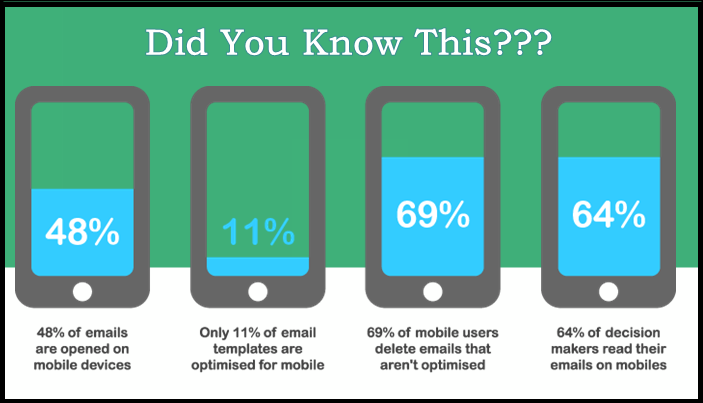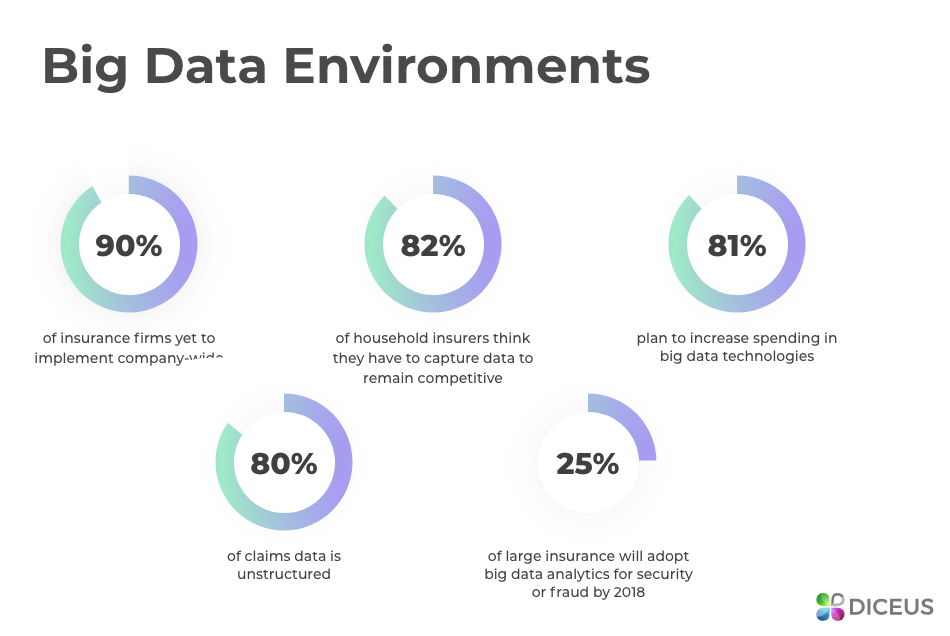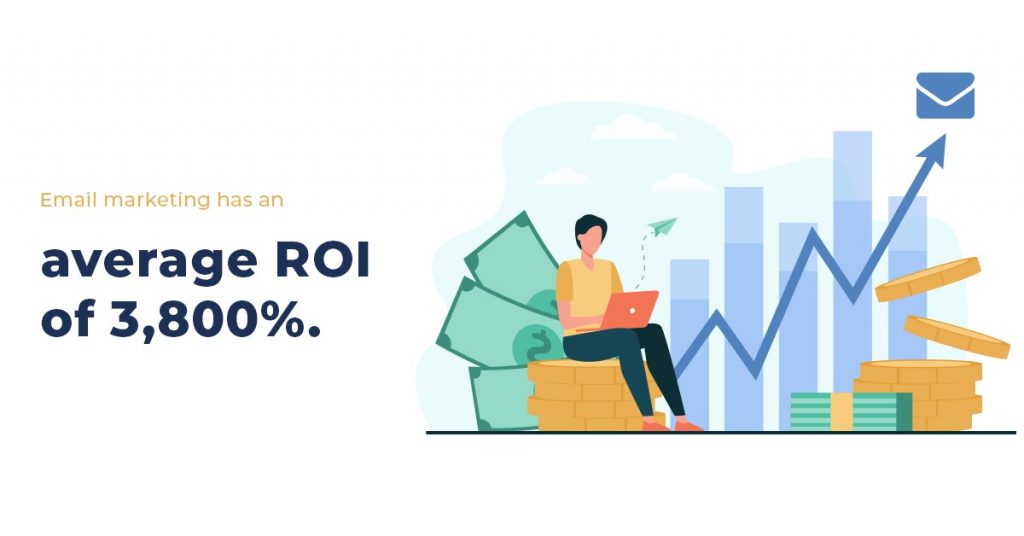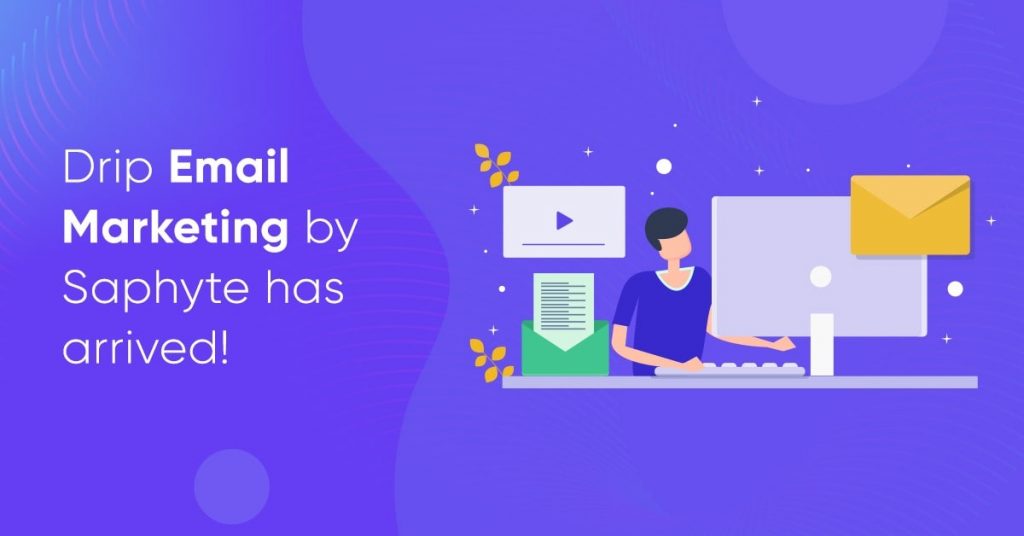COVID was the
pivotal force that only fast-tracked the process of digital transformation for
most parts of the world. Currently, executives are looking for ways for their
companies’ digital transformation has become more urgent than ever.
Companies now face
an urgent choice: to either go digital, or go bust. Digital transformation is
essential now to gain footing and to make a complete business recovery. Digital
transformation and adopting platform-based business models will define the
shape of organizations’ recoveries and having a platform to execute your
recovery plan through digitalization is important.
This is where the
rise of the digital ecosystem takes place.
What is a Digital Ecosystem?
With the result of
the recent pandemic the world no longer functions on the one-solution-fits-all
approach. Thus, giving birth to a newer business model – the digital ecosystem.
A digital ecosystem
is a dynamic, interconnected network that necessitates reliable communication
among its customers and trading partners. An ecosystem is an adaptive,
interconnected network of features that provide a holistic solution to
streamlining business processes and effectively managing customer
relationships.
What are the Benefits of an Ecosystem
As cliche as it may
seem but with a solid digital ecosystem, the possibilities are endless. An
ecosystem allows you to create a holistically connected, cross-device system
that helps automate the processes of your business. An ecosystem that does not
depend on external applications for it to fully function. Here’s how an
ecosystem can benefit your business overall.
Sales
An ecosystem can
mitigate your sales team’s workload by creating a visual system that allows
them to manage their sales pipelines and current and future deals in just a few
clicks. This shortens your entire sales cycle ensuring that your team can focus
on making sales. When you’re in the right focus, you can secure clients as soon
as possible, reducing the threat of competition.
Marketing
You can accelerate
your marketing strategy through an ecosystem’s campaign management, marketing
automation, email marketing features, and more. These features allow its users
to personalize, organize, and automate their marketing campaigns without even
breaking a sweat.
You can augment
your online presence without having to fuzz over the process. Now, you can
focus on creating content that adds value to your campaign that leads to
conversions.
Teams and Connect
Have visibility
over your team and have better insights on the breakdown of your tasks with an
ecosystem’s team and workspace, and connect tools. Through these features you
can promote team building, and ensure that your tasks are moving forward and
are getting done.
A team that works
together, creates better endless opportunities.
Tools and Integration
Better tools for
better business. There are plenty of external apps that you can integrate to
your ecosystem, such as personal apps, PSP apps, live chat apps, and identity
verification apps.
What are the challenges of Migrating to a Digital
Ecosystem?
Manual tasks may
seem harmless upfront, but in reality they do more harm than good. Studies show
that office workers spend 69 days a year on administrative tasks, costing companies $5 trillion a year.
Still not convinced
yet? 45% of current paid activities can
be automated by today’s technology, that is an equivalent of $2 trillion in
total annual wages.
Manual tasks create
more room for errors. The more manual tasks you have, the more you need to
reinvent your entire process. Why? Out
of every 100 steps, a human is likely to make 10 errors,
even when carrying out somewhat redundant work.
Moving out from
your manual methods does not come easy. But it doesn’t mean it’s impossible.
Here are some of the challenges you might face when you move out from your
manual methods.
Convincing Your People to Change
Getting Approval from Management
Handling Data Migration and Security
Leaving Favored Programs and Software Behind
Dealing with the Time and Cost of Implementation
Trusting the Technology
Choosing the Wrong Ecosystem
Lacking Scope Clarity
Managing Integrations
How Saphyte helps you deal with these challenges
Saphyte is one of
the best digital ecosystems for businesses who are looking forward to making
the change. Saphyte has gone beyond
being a three-dimensional CRM and has become a full-fledged digital ecosystem
that allows its users to streamline their sales, marketing, and lead generation
through its network of features.
So what are the
features that users can take advantage of if they decide to partner up with
Saphyte?
Always on-the-go? Saphyte has the tools for you
Getting your team
up and running smoothly requires features and tools to make it happen. Here are
some of the features that Saphyte has for your sales team.
Sales Pipelines
Companies with
effective pipeline management had an average growth rate of 5.3, a 15
percent increase. Even more interestingly, companies that mastered three
specific pipeline practices saw 28 percent higher revenue growth.
Quotes and Invoice Management
Time is an integral
matter that shouldn’t be wasted. Hence, the need for more streamlined and
straightforward solutions, rises. You can now stop manually creating quotes,
switching from one platform to another, and sending them to clients. With
Saphyte’s Quote and Invoice Management, you can effectively remove unnecessary
steps and be more effective at the same time.
Email Marketing
Did you know that
email personalization generates a 26% increase in open
rates? With Saphyte you can personalize your email with our email templates and
automate your whole email marketing campaign in one platform.
Landing Page Builder
The average conversion rate for landing pages
is 9.7%, because 90% of your visitors who read your
headline will also read your call-to-action (CTA). If you think getting
yourself to build one requires prior technical knowledge, Saphyte has got you
covered. All you have to do is choose a template, edit the content, set your
domain, and publish it live. Easy, straightforward, and no hassle.
Drip Email Marketing
Open rates for drip
campaigns are about 80 percent higher than single send
emails, and average click-through rates are three times higher. Drip email
campaigns trigger actions based on a certain action give you a better chance of
getting an interactive and genuine response from your prospects.
Marketing Automation
56% of marketers think their companies can’t keep up with marketing technology evolution. If
you’re one of them, then Saphyte can simplify it for you. With Saphyte you can
automate your marketing processes using uncomplicated automation tools with
Saphyte. You can create and deliver personalized and highly targeted messages
to your leads and nurture them for sales readiness – all with automation.
Form Builders
Did you know that
real time leads data captured into an ecosystem can provide you with marketing
insights and better converse and service your customers. This feeds into
customer retention rates as well which can be improved by 89% when adopting an
omnichannel approach. Forms are the best way to start your marketing approach.
Wrapping Things Up
The rise of the
digital ecosystem sprung out of necessity. Customers are becoming more informed
and more skeptical about their purchase decisions. That is why you need a tool
that not only offers sales intelligence but also the ease of use. Saphyte
understands and delivers both these needs.
Aside from the
ease-of-use experience, users can also avail practical pay-as-you-go
subscription plans. Each subscription plan is inclusive of a free demo. No
set-up fees, no extra or hidden charges, no maintenance fees, and a 24/7 expert
local customer support availability for businesses in Dubai.
Equipping your business with the right ecosystem is the best way to start your recovery. If you’re ready to start, give us a chat or call, and our digital ecosystem experts are ready to help you get started. Book a demo with us today or start your free trial now.
Send automated emails now
Level up as a manufacturing company and start generating leads for your business now through automated emails. Book a demo with our sales team now and see how our CRM can help you grow.
Book a
Demo


